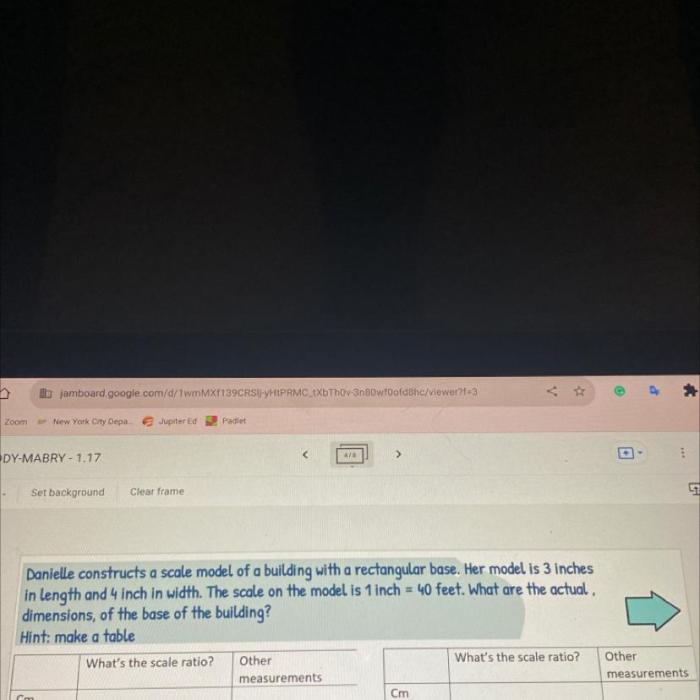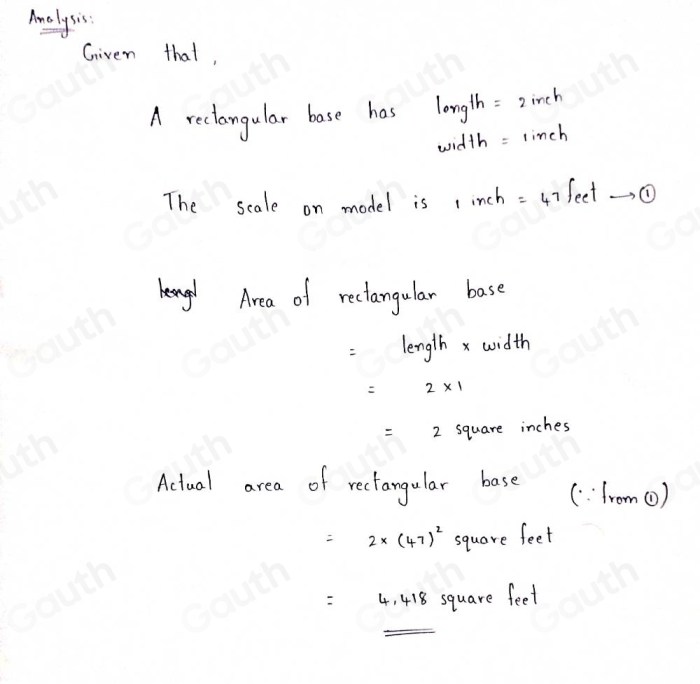Danielle constructs a scale model, a fascinating and intricate art form that involves recreating objects or structures at a reduced scale. This guide delves into the intricacies of scale modeling, exploring its significance, applications, and the meticulous process of planning, designing, constructing, and presenting these miniature masterpieces.
From architectural wonders to intricate engineering marvels, scale models serve as invaluable tools for visualization, communication, and education. They allow us to comprehend complex designs, study historical artifacts, and envision future possibilities with remarkable precision.
Introduction

A scale model is a physical representation of an object or structure that is reduced in size by a specific ratio. It is a valuable tool in various fields, including architecture, engineering, transportation, and education. Scale models allow designers and engineers to visualize and test their ideas, while educators can use them to illustrate complex concepts and engage students.
Real-world examples of scale models include architectural models used to plan and design buildings, scale models of vehicles for testing aerodynamic performance, and miniature train layouts for hobbyists and enthusiasts.
Constructing scale models offers several benefits. They provide a tangible representation of an object, enabling better understanding of its dimensions, proportions, and details. Scale models can also be used for experimentation and testing, allowing researchers to simulate real-world conditions and observe the behavior of the object under various scenarios.
Materials and Tools
The materials and tools required for constructing a scale model vary depending on the type of model and the desired level of detail. However, some essential materials include:
- Modeling clay
- Wood
- Plastic
- Metal
- Paper
- Cardboard
Essential tools for scale modeling include:
- Rulers and measuring tapes
- Saws and cutting tools
- Sandpaper and files
- Adhesives and glues
- Paint and brushes
Selecting appropriate materials and tools is crucial to ensure the accuracy and durability of the scale model.
Planning and Design
Planning and designing a scale model involve determining the scale, dimensions, and details of the model. The scale is the ratio of the model’s size to the actual object. It is important to choose an appropriate scale that allows for sufficient detail while ensuring the model is manageable in size.
Once the scale is determined, the dimensions of the model can be calculated using the scale factor. It is also important to consider the level of detail required for the model. For example, a model intended for display may require more intricate details than a model used for testing purposes.
Various techniques can be used to create accurate and realistic models, such as sketching, 3D modeling, and prototyping.
Construction Methods
The construction methods for scale models vary depending on the materials used. For example, wood models may be assembled using glue and nails, while plastic models may require specialized adhesives. It is important to follow the manufacturer’s instructions for the specific materials and tools used.
General construction methods include:
- Assembling and joining parts
- Finishing and detailing
Achieving precise and durable results requires careful attention to detail and proper use of techniques such as sanding, painting, and weathering.
Presentation and Display, Danielle constructs a scale model
Presenting and displaying scale models effectively enhances their visual impact and conveys their intended message. Lighting can be used to highlight specific features and create a desired atmosphere.
Backgrounds and accessories can add context and realism to the model. For example, a model of a building may be placed on a base that represents the surrounding landscape.
Interactive and engaging displays can make scale models more accessible and appealing to audiences. For example, a model of a machine may be equipped with buttons or levers that allow visitors to operate it.
Evaluation and Refinement
Evaluating the accuracy, realism, and overall quality of a scale model is crucial to ensure it meets the intended purpose. Criteria for evaluation may include:
- Accuracy of dimensions and proportions
- Realism of details and finishes
- Overall visual impact
Identifying areas for improvement and refinement involves carefully examining the model and comparing it to the original object or design specifications. The iterative process of constructing, evaluating, and refining scale models allows for continuous improvement and the creation of increasingly accurate and realistic models.
Essential Questionnaire: Danielle Constructs A Scale Model
What is the purpose of constructing a scale model?
Scale models serve various purposes, including visualization, communication, education, and preservation. They allow us to study complex designs, comprehend historical artifacts, and envision future possibilities with greater clarity and precision.
What are the key factors to consider when planning a scale model?
When planning a scale model, it is crucial to determine the scale, dimensions, and level of detail required. The scale refers to the ratio between the model and the original object, while the dimensions ensure accurate proportions. The level of detail determines the intricacy and realism of the model.
What materials are commonly used in scale modeling?
The choice of materials for scale modeling depends on the type of model being constructed. Common materials include wood, plastic, metal, and paper. Wood offers versatility and durability, while plastic is lightweight and easy to work with. Metal provides strength and realism, and paper is ideal for lightweight and delicate models.

